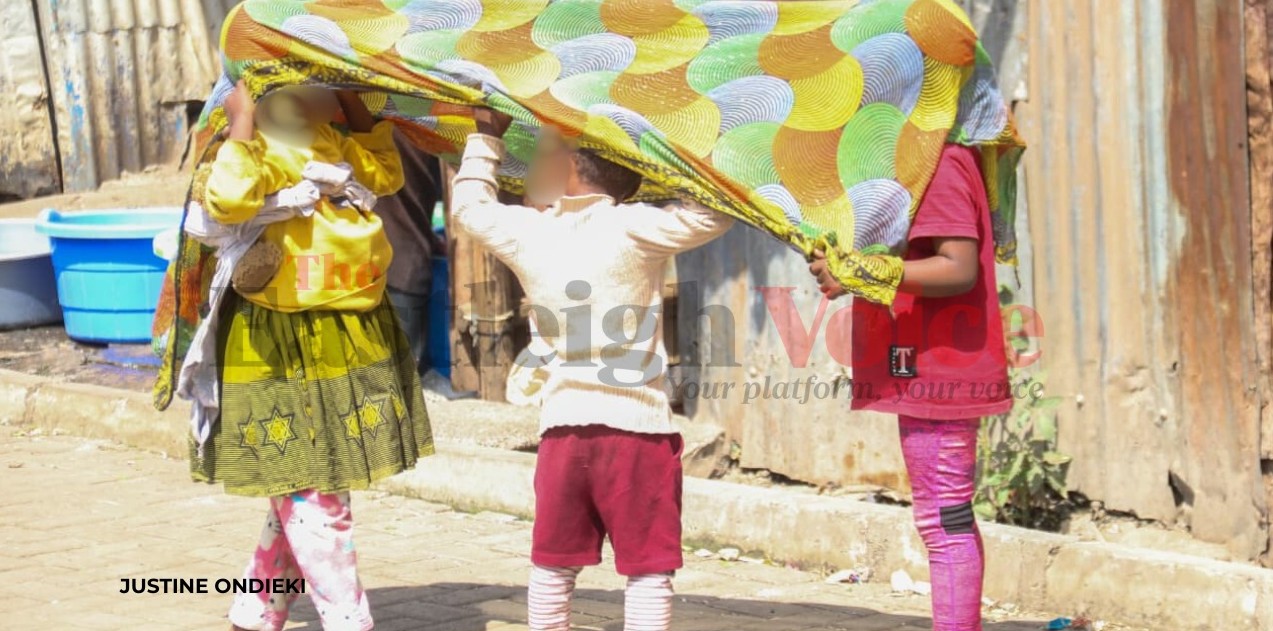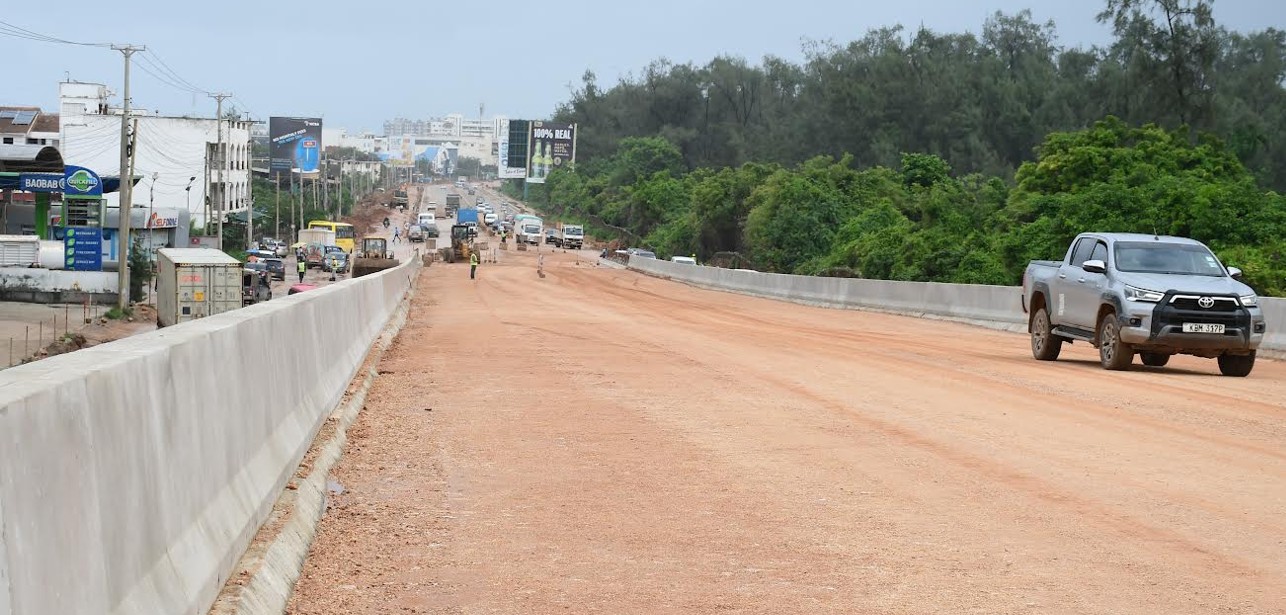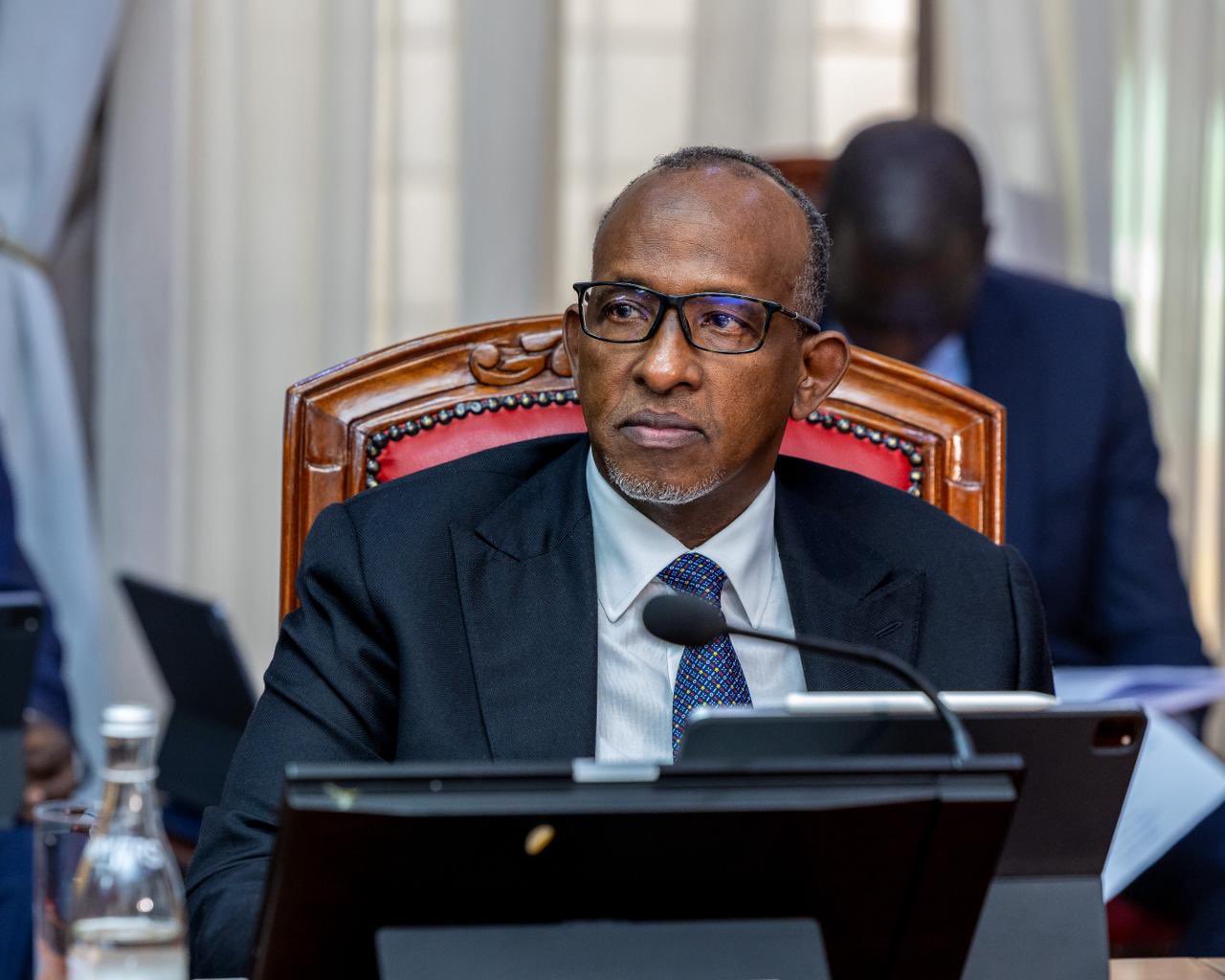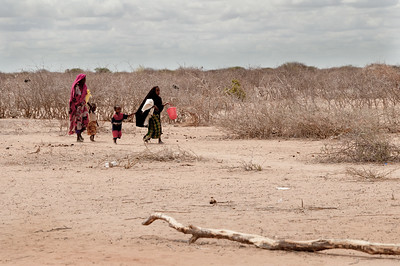Seaweed farming brings hope to Kwale residents hit by climate change
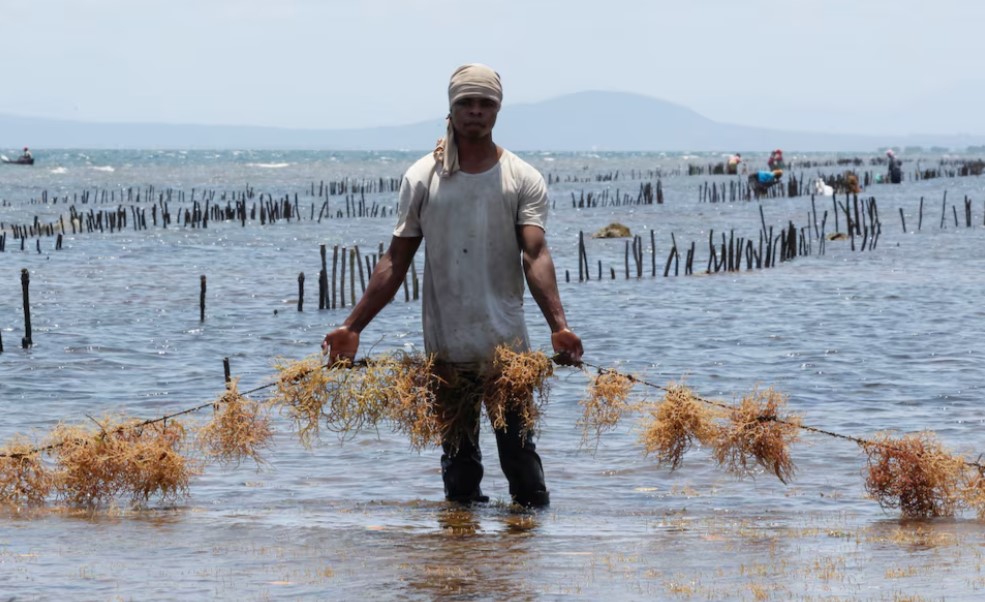
In 2022, the industry produced almost 100 tonnes of seaweed worth more than $30,000 (Sh3.9 million).
The people of Kenya's coastal village of Mwazaro in Kwale County used to earn their living mainly growing cassava and maize until the ravages of drought forced them to try a new crop – seaweed.
They plant it on the beachfront and lay it out to dry inland, joining scores of other communities feeding a growing demand at home and abroad for associated products including soap, shampoo and seaweed powder, used in food.
More To Read
- Factory farming in Africa: Development banks see it as a good idea, but it’s bad for the climate
- Kwale County selected for UN-led gender-responsive blue economy programme
- 2025 Classic Safari Rally brings motorsport and economic boost to Kwale County
- Somalia declares drought emergency as millions face hunger after failed rains
- WFP warns of hunger crisis in Nigeria as 35 million face food shortages
- Somalia faces worsening hunger with millions needing assistance
Seaweed farming was first introduced in Kenya in 2008 and has expanded rapidly to cover 20 villages, David Mirera, a scientist at the Kenya Marine and Fisheries Research Institute (KMFRI), said.
Higher temperatures, rising sea levels and poor rains have all played their part in the shift.
Along the coast in the village of Kibuyuni, investments in seaweed farming have led to improvements in infrastructure and electricity, said Kassim Ramtu Bakari, who does marketing for the Seaweed Farmers' Cooperative there, which employs more than 100 households.
Tima Jasho, a mother of seven in Kibuyuni, said she can now pay her children's school fees and move her family from a mud home to a brick house.
"If you grow seaweed, you don't have to depend on a man. I can earn my own money," she told Reuters.
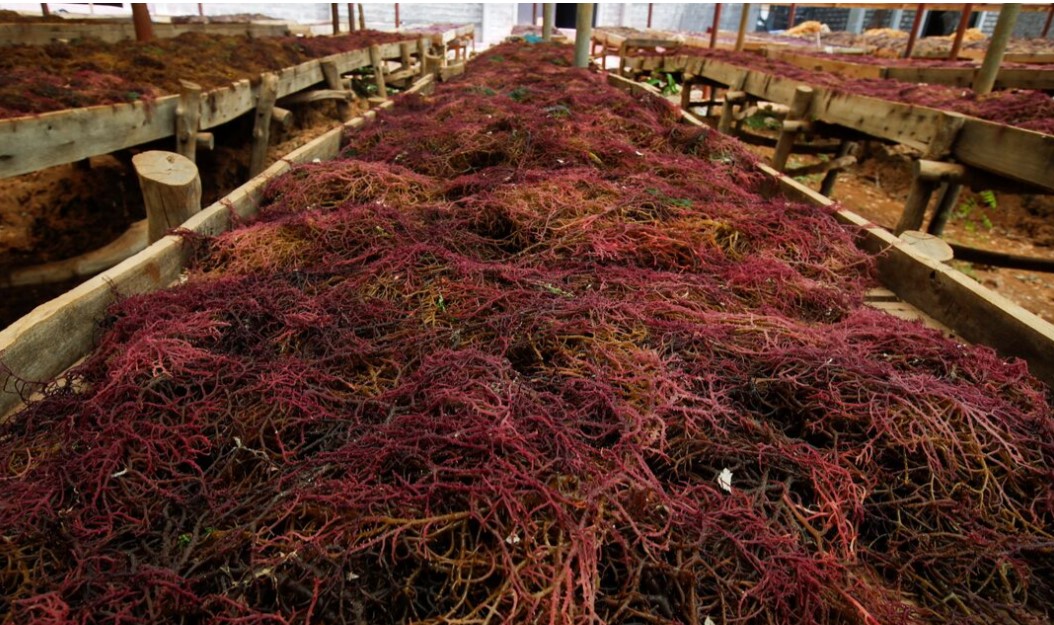 Seaweed is spread on wooden racks to shed off moisture at the Kibuyuni seaweed collection centre in Kwale County before being processed to make cosmetic products. (Photo: REUTERS/Monicah Mwangi)
Seaweed is spread on wooden racks to shed off moisture at the Kibuyuni seaweed collection centre in Kwale County before being processed to make cosmetic products. (Photo: REUTERS/Monicah Mwangi)
Dry seaweed exports
In 2022, the industry produced almost 100 tonnes of seaweed worth more than $30,000 (Sh3.9 million), according to KMFRI data.
Farmers export dry seaweed to China, France, the United States and other countries.
The global market for seaweed has tripled in size in the last two decades, according to a 2024 United Nations report, growing from $5 billion (Sh647.5 billion) in 2000 to $17 billion (Sh2.2 trillion) in 2021.
It is Tanzania's third largest export and employs over 26,000 farmers, said George Maina, a scientist at The Nature Conservancy, an environmental non-profit organisation which supports seaweed farmers in Kenya and Tanzania.
Kenya has a long way to go before it becomes a global industry leader like its neighbour, Maina said.
"It's still lagging in terms of production. But it's a sector that is growing," he said.
Top Stories Today

